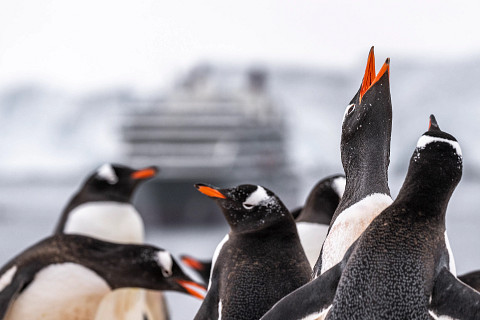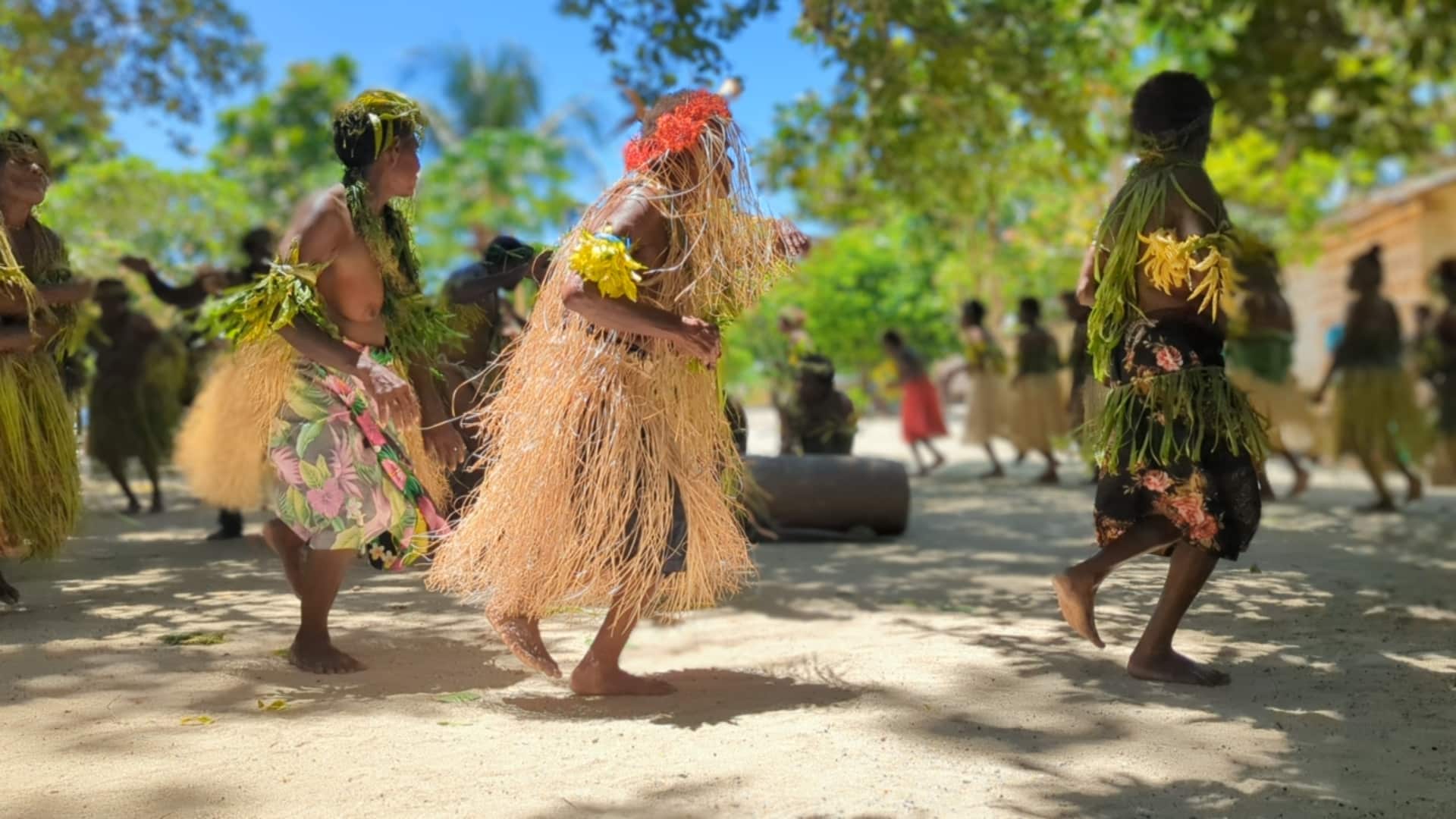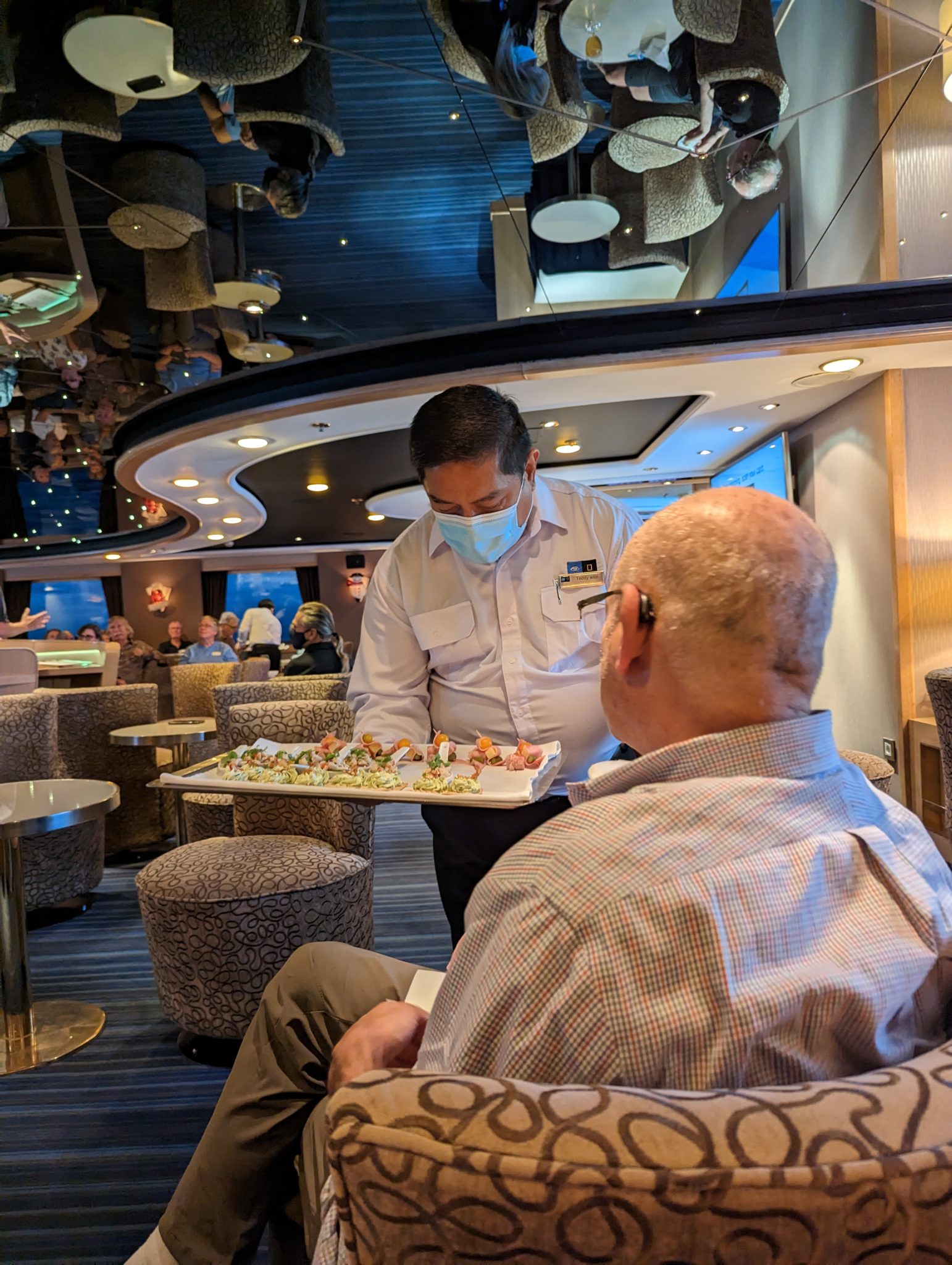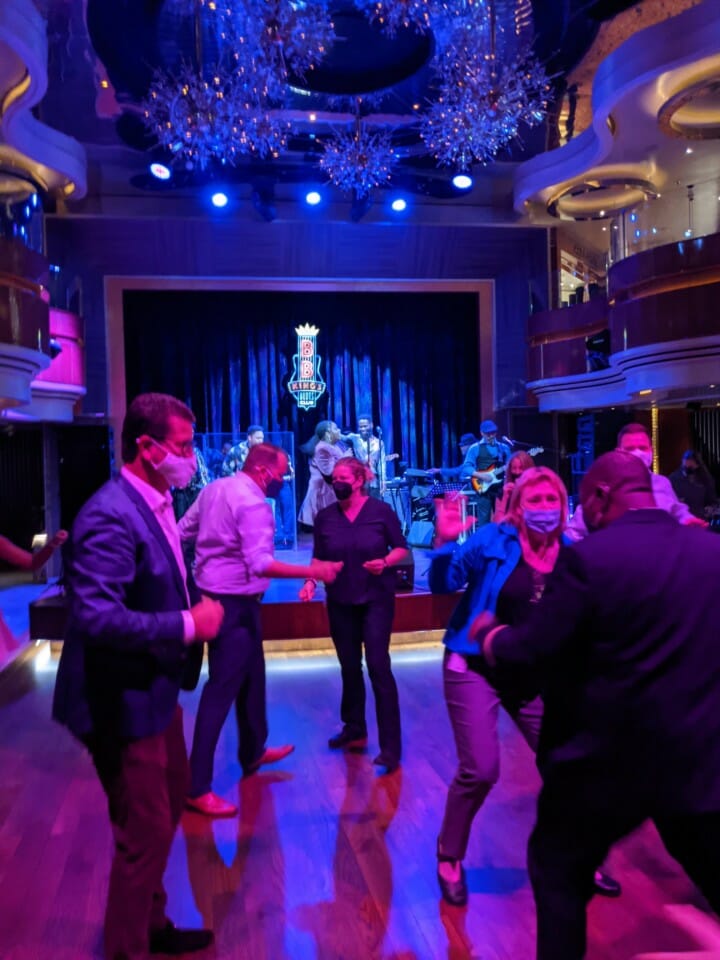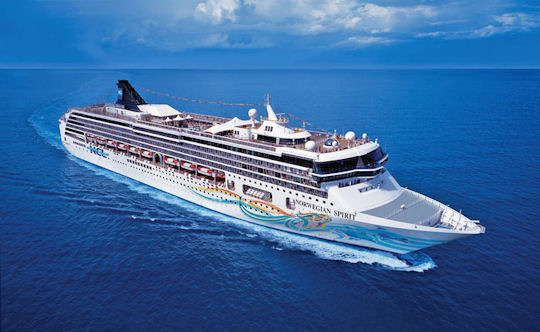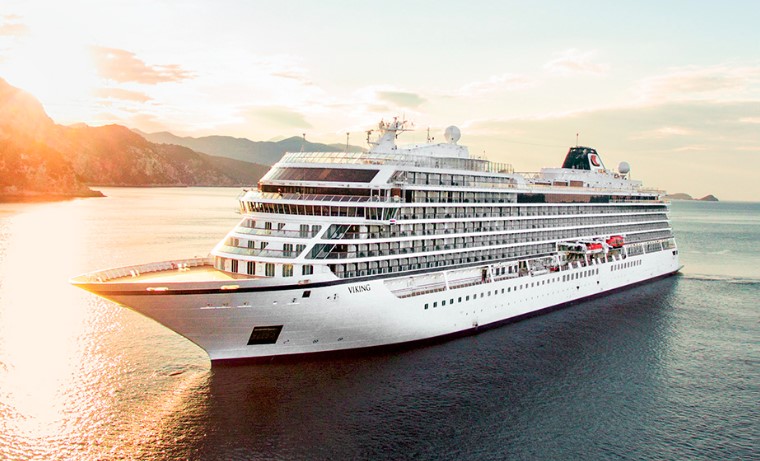Cruising is a popular way to travel and explore new destinations. Providing a highlight of a given country or an in depth exploration of a single space, cruises offer a hotel which moves between destinations. There are several different types of cruises to choose from and knowing the difference will help you plan the perfect vacation for you.
Today we are going to compare expedition cruises to typical ocean cruises. While both types of cruises offer unique experiences and opportunities, there are significant differences between the two.
Expedition Cruises
Expedition cruises are typically smaller ships that offer more immersive experiences in remote and often untouched destinations. Big ships have to go to dedicated ports, whereas small ships can go where most larger ships cannot. These smaller ships oftentimes sail with 300 people or less are designed to navigate through narrow channels, shallow waters, and rugged coastlines. The entire trip allows for passengers to explore places that are not accessible to larger cruise ships.
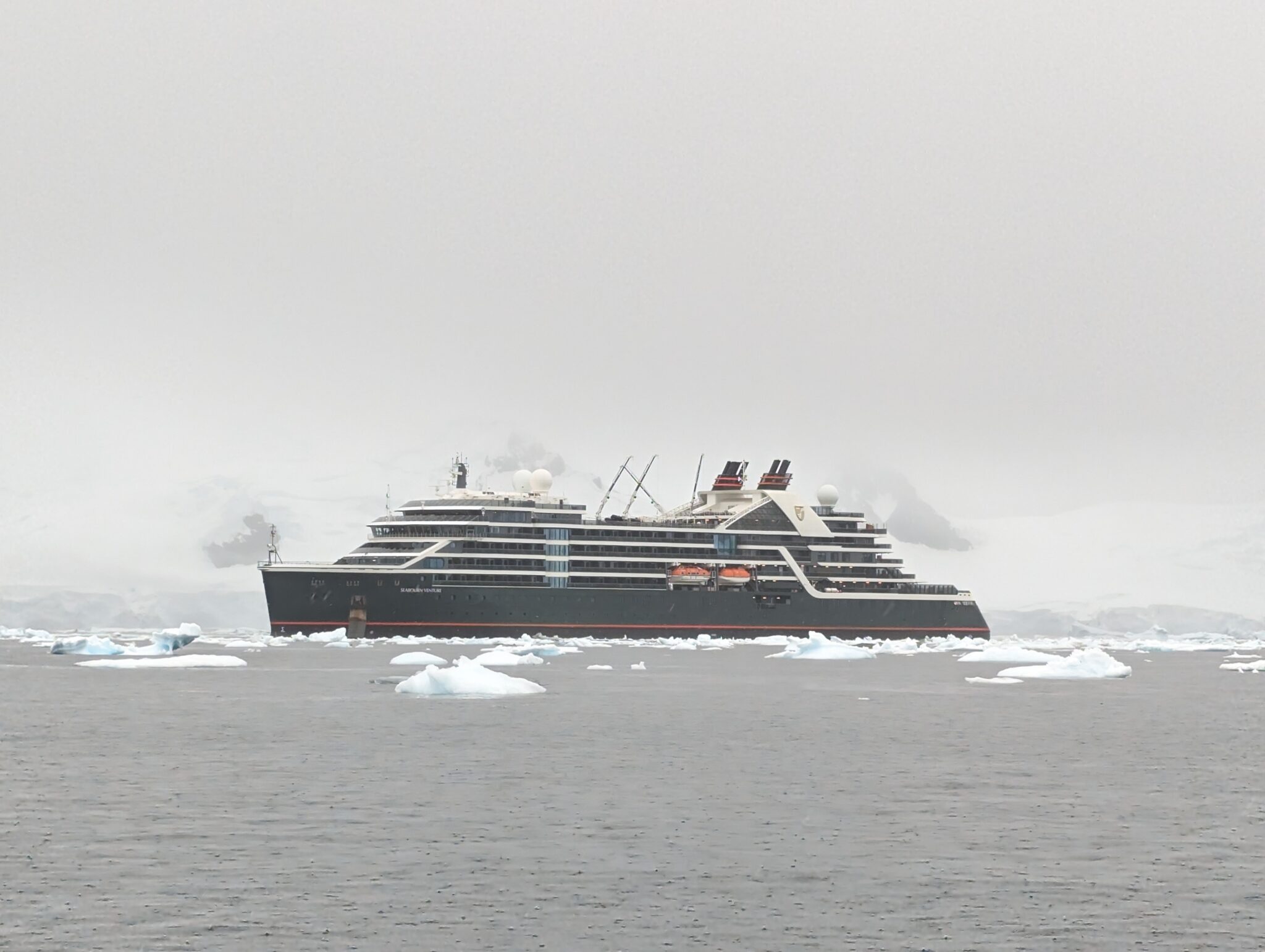
Some quick examples of expedition cruises include National Geographic, Hurtigruten, Swan Hallenic, Quark expeditions, and more. You will find these companies operating in the polar regions, but also remote places like the Solomon and Galapagos islands. Read about my experience in Antarctica with Seabourn Expeditions.
Expedition cruises always have a dedicated staff of expeditionists and naturalists. The expedition leader works alongside the captain to plan the cruise stops and daily activities. Unlike big ships, expedition itineraries are flexible and change based on wildlife sightings, weather, and other factors. Being dynamic and flexible, guests get a better sense of expeditions and experience more because the ship is not tied to a strict schedule.
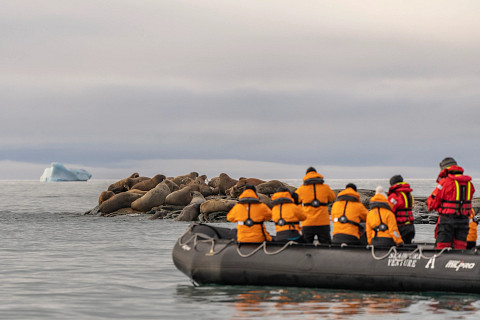
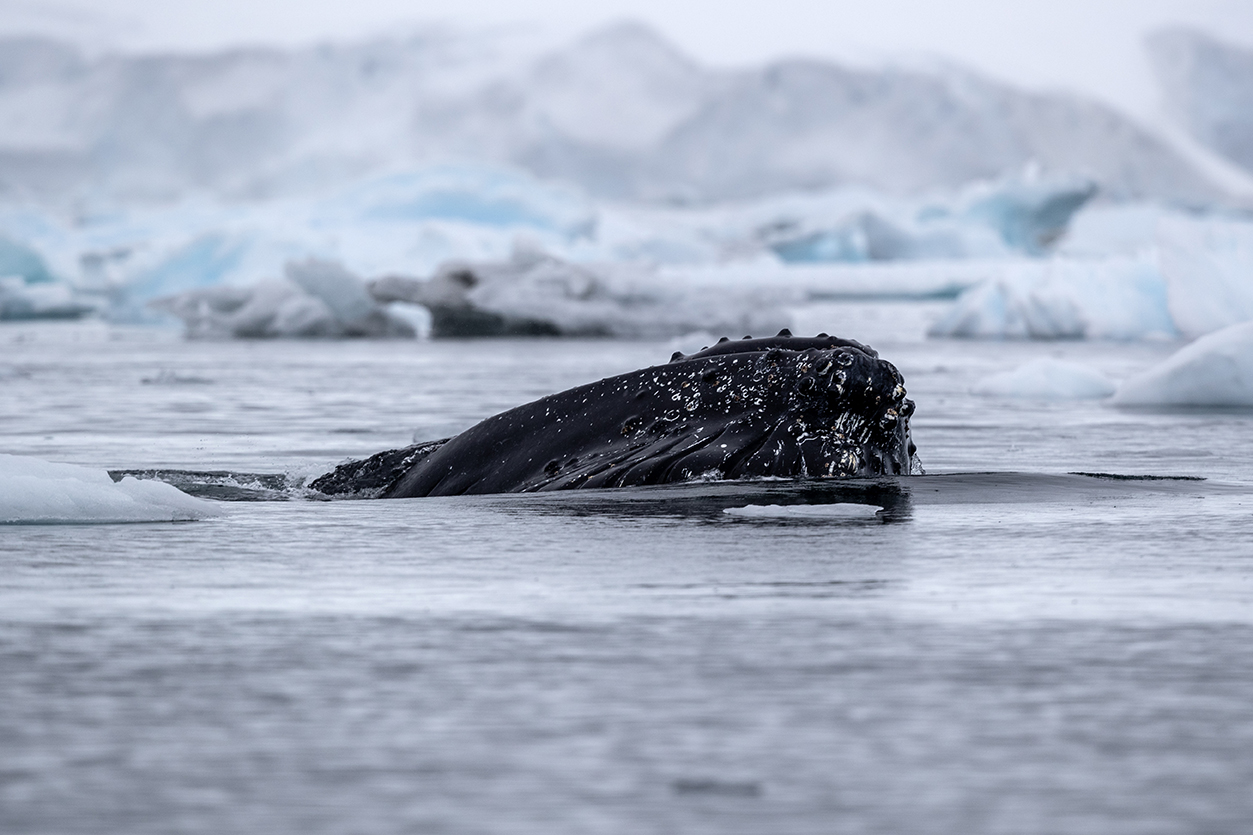
Back on board with the experts, expect entertainment to be mostly educational. The expedition team typically offer lectures and lead excursions, providing passengers with a deeper understanding of the local environment and culture. Examples of the lectures I’ve attended while onboard with Nat Geo in the South Pacific have been both about the local village culture of the remote islands in Vanuatu and the Solomon Islands which focused on traditions, way of life, religion, marriage traditions and more. Other ones, for example while on the Seabourn Venture in Antarctica included lectures of the different types of sea life, penguin poop analysis, history of Antarctica, previous wars, and the treaty which governs Antarctica today. Needless to say, every expedition has been enriching.
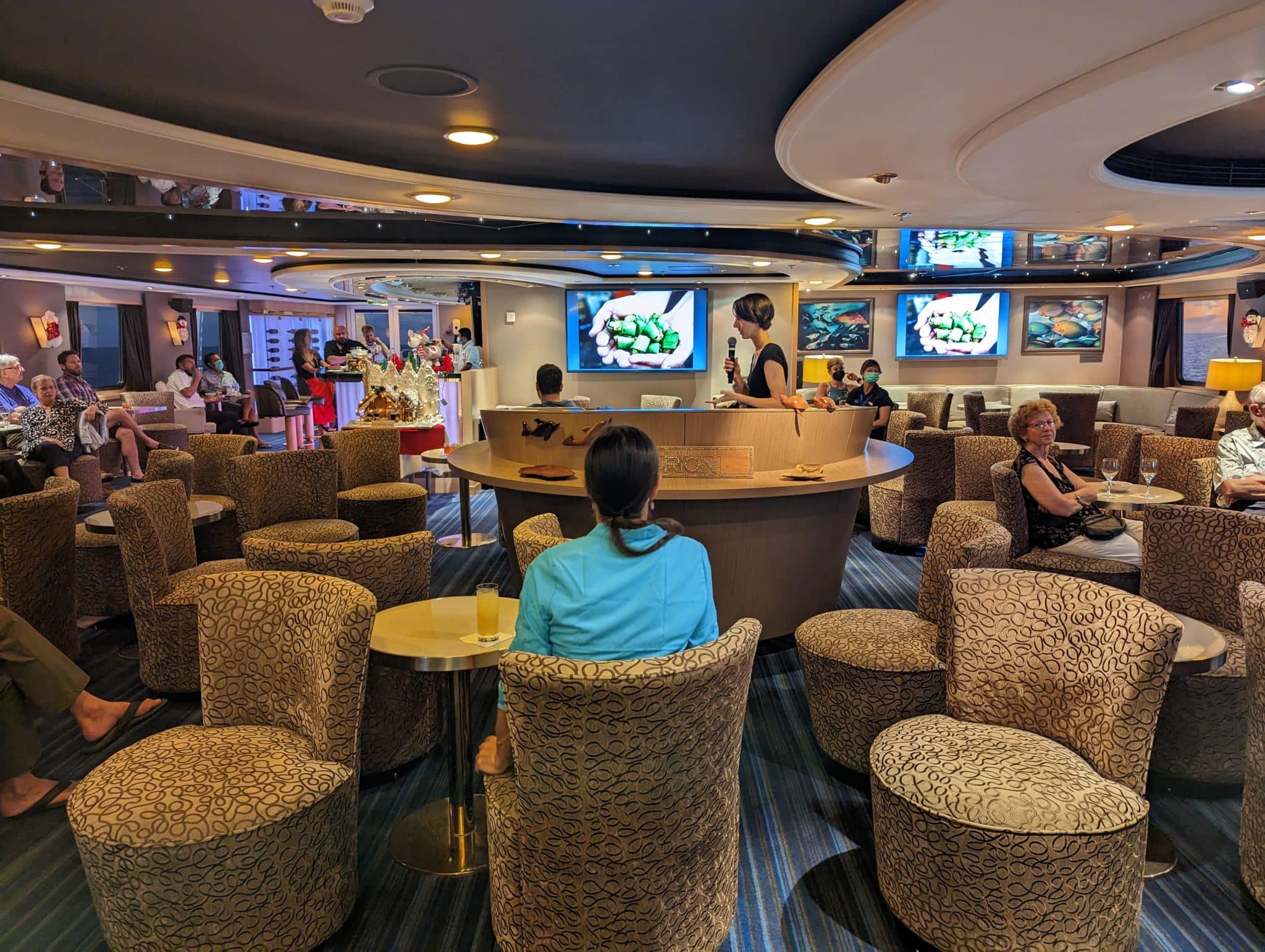
Expedition ships also have map rooms and sometimes science and photo labs. These areas are utilized for not only onboard activities but enrichment ones too. Bringing guests of all ages closer to the actual journey.
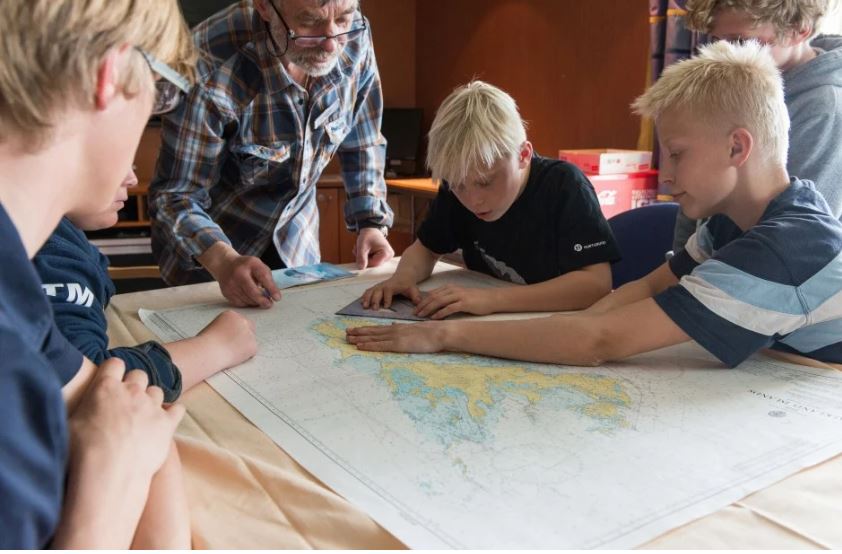
One of the key differences between expedition cruises and regular big ship cruises is the focus on adventure and exploration. Expedition cruises are designed for travelers who want to immerse themselves in the natural beauty of a destination. Excursions are built into the cost and the activities offered are usually more active. While big ships might offer 20 or more different excurions at each port, expedition ships options are usually limited to only a couple options.
Passengers on expeditions have the opportunity to kayak through fjords, hike through rainforests, or snorkel in coral reefs. Some expedition cruises even offer scuba diving, stand up paddle boarding. Depending on where you are in the world, you may be treated to local tribal dances and lunch too. Expedition activities are always optional and great for people of all ages and fitness levels. The focus is on experiencing the destination in a meaningful way, rather than just ticking off tourist attractions.
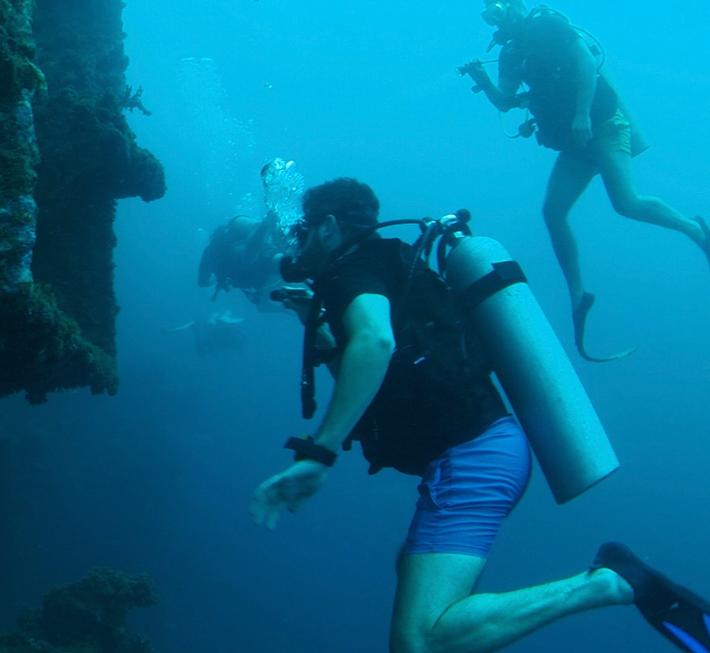
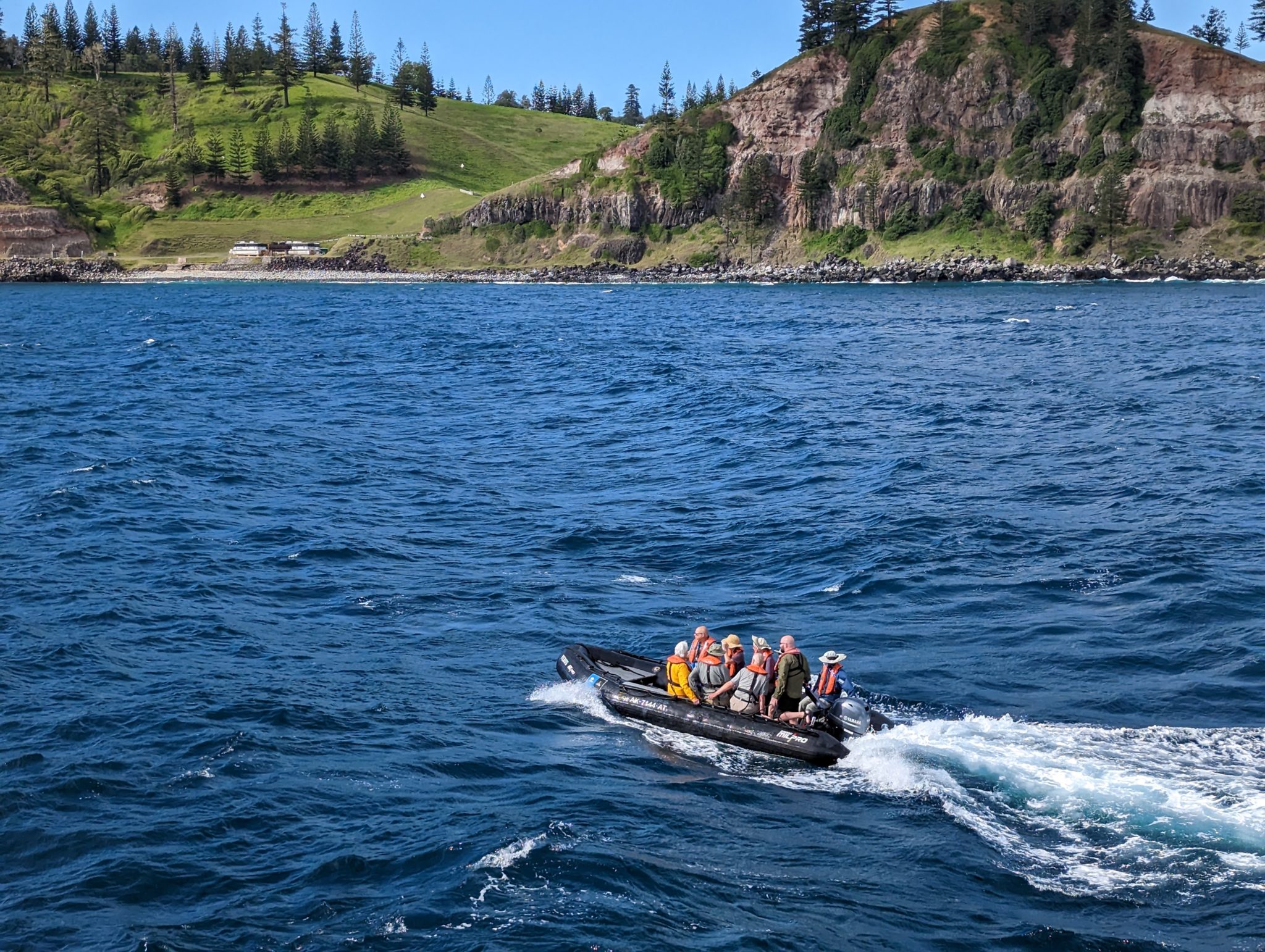
Finally, a key difference between expedition cruises and regular big ship cruises is the level of luxury and amenities. It used to be that expedition cruises were mostly stripped back. After all, the focus is the natural environment, not the ship. Giving passengers the chance to really focus and experience of being in a remote location. Yet, over the last few years we’ve seen a true push into premium luxury expeditions. With everyone from Silversea to Seabourn launching premium expeditions and new luxury expedition ships. Even Lindblad and Nat geo have brand new ships which are extremely luxurious. Many premium companies have near 1:1 staffing onboard, offer Spa service, 24 hour room service and more.
As the ships are much smaller, expedition ships tend to have fewer dining and entertainment options on board. Most skip over the idea of specialty restaurants and big theaters and other extras such as water slides, laser tag or go karts arenas. However, this is not to say that expedition cruises are uncomfortable or lacking in amenities. Smaller ships tend to mean more luxurious. Many expedition cruise ships offer high-quality food, open bars, larger more comfortable cabins, and a range of activities and amenities to keep passengers both comfortable and entertained.
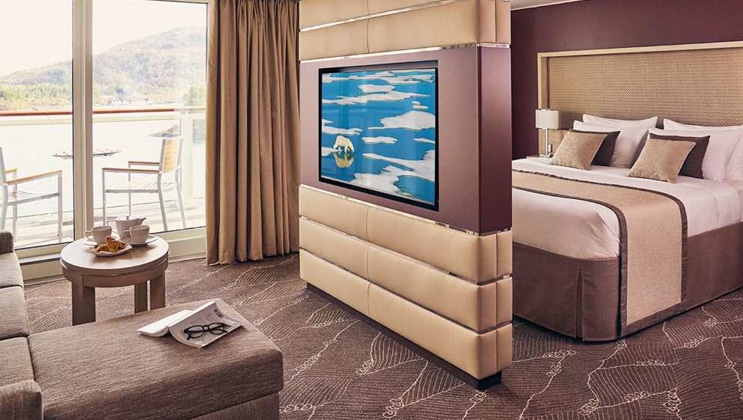
Big Ocean Cruise Ships
Regular big ship cruises, on the other hand, are typically larger ships with a greater focus on amenities and entertainment. These ships usually have 10 times the amount of people. These ships can accommodate thousands of passengers with many ships now sailing with between 3,000 and 5,000 guests! These larger ships are floating cities at sea and it’s obvious too. On the big ships you will often find a wide range of dining options, entertainment, and activities. Regular big ocean cruise ship cruises are often designed to be self-contained, with everything a passenger needs on board the ship. Sometimes keeping you so busy you don’t even care where the ship might stop.

If you are looking for a vacation where the focus is the ship, then a big ship might be for you. One of the key benefits of regular big ship cruises is the wide range of activities and amenities available onboard. Passengers can enjoy everything from Broadway-style shows to rock climbing walls, swimming pools with waterslides, and spa treatments. Dance the night away in a club or get lost in a casino.
There are often multiple dining options to choose from on big ocean cruise liners. Norwegian Cruise Line, Holland America, Celebrity Cruises and others offer a range of food from casual cafes to fine dining restaurants. From steakhouses to Italian to sushi, the bigger the ship the more dinning options you will have. Yet, with this comes added and hidden prices as well. Regular big ship cruises rarely offer a truly all-inclusive experience. Usually specialty restaurants cost more to eat at and are not included in the base price, like the buffet or main dining room.
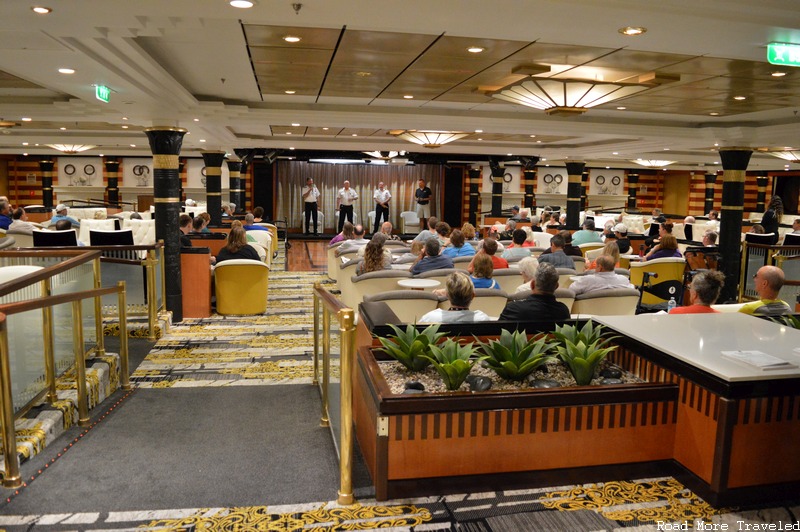
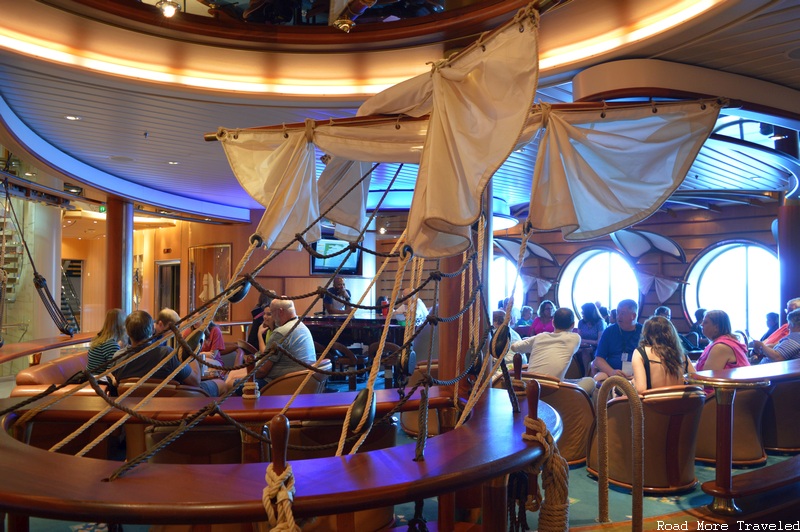
Regular cruise ships can also be more crowded and impersonal. With thousands of passengers on board, it can be challenging to find a quiet spot to relax or to avoid long lines at popular attractions. It’s common on a big ship to never see someone again. After all there’s 3,000+ guests and a dozen or two bars and restaurants to get lost in. On small expedition ships, and even premium luxury cruise lines, there’s often less than 400 people. This allows you to get to know your fellow sailors more easily.
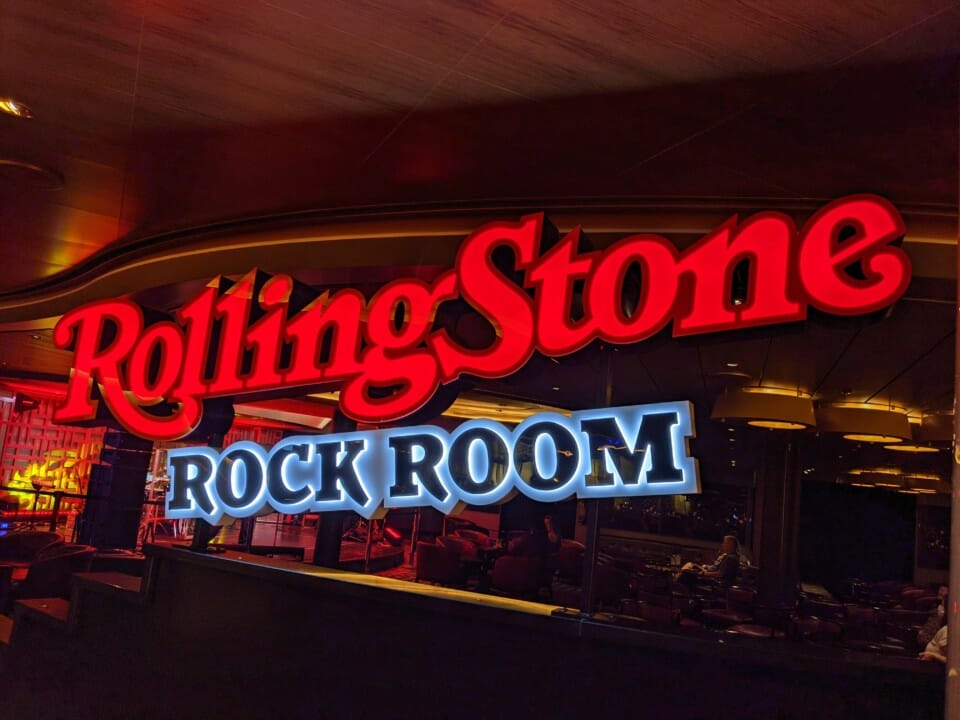
I find that on regular big cruise ships, the cruises offer the opportunity to visit many big port destinations around the world. Yet, the experience of each destination may be more superficial, as there is often less time to explore. Some times only spending a short few hours in port. Port stops can sometimes be shorter and there is a greater focus on organized tours and excursions. In some places, the big ships also anchor further from the center of town and guests take buses in and out of the city.
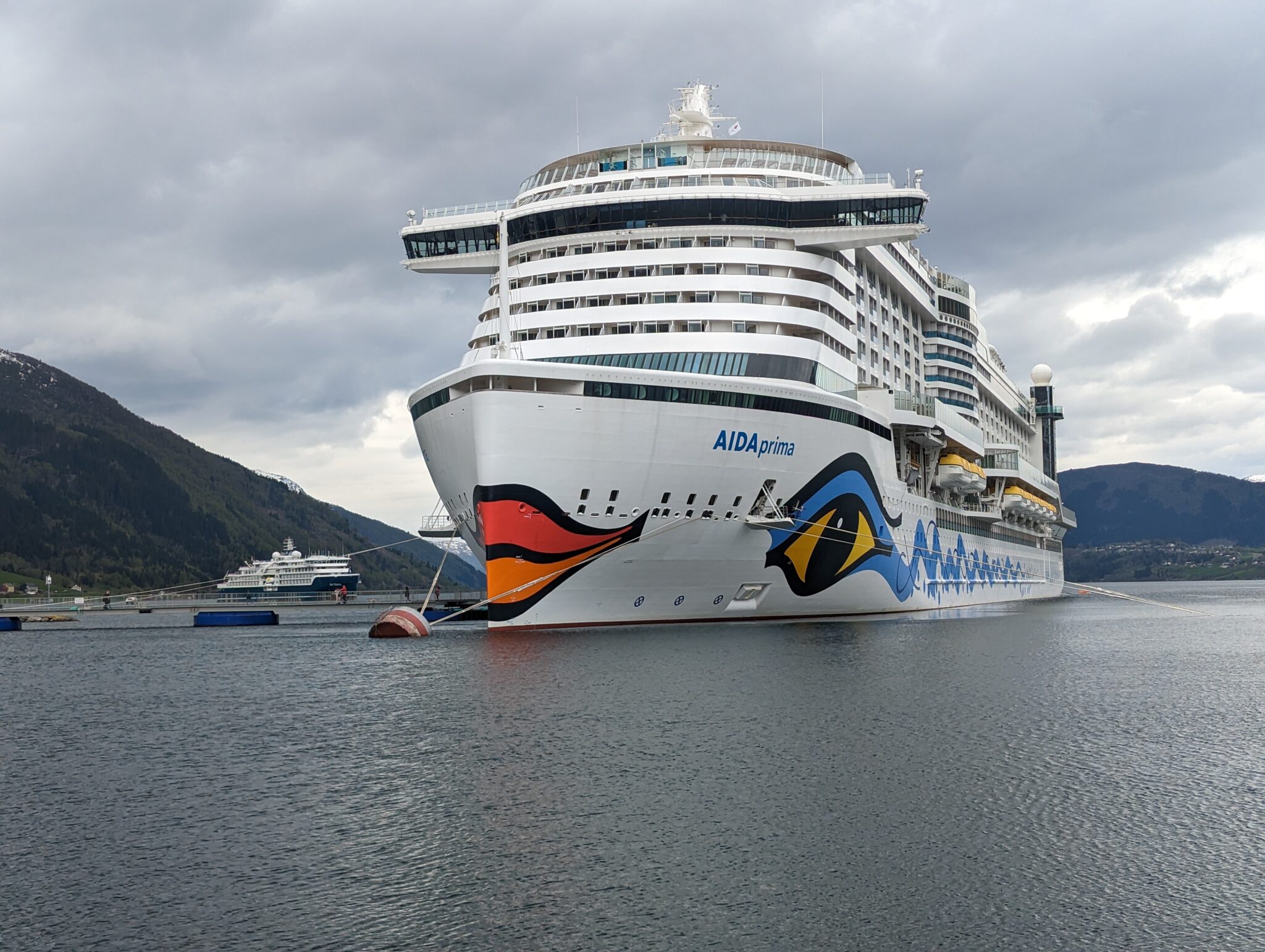
Bottom Line
When it comes to cruising there are several differences between expedition cruises and regular cruises. There’s even big differences between the big companies like Princess and the smaller ship operators such as Viking and Regent Silver Seas. There truly is an option for everyone. Yet, it all comes down to the focus of the experience. The bigger the ship, typically the more hidden fees. Expect to pay extra for soda, alcohol, room service, daily staff gratuities, port fees and more. Premium small ship cruises tend to include most of these items, plus excursions. Typically, expeditions cost more upfront but are all inclusive of everything from tips, to open bar, to daily excursions and port fees.
Expedition cruises offer a more immersive and adventurous experience in remote and often untouched destinations. The focus is on the natural environment and cultural experiences. Regular big ship cruises and often premium cruise lines offer more onboard amenities with a wide range of activities to keep guests busy and contained to the ship. Both types of cruises offer unique experiences and opportunities, and the choice between the two depends on individual preferences and travel goals.
When you’re ready to travel or book your cruise. Contact me at Scott & Thomas Travel and let me help you find you the best deal on the cruise vacation of your dreams.
-
Other Current Noteworthy Expedition & Cruise Deals
- $6,200 fares to Antarctica. BOGO
- Emerald and Scenic River and Ocean Voyages BOGO
- 30% OFF Antaractica – Save $5,000-10,000 per person with Nat Geo & Lindblad Expeditions
- BOGO Expeditions to Antarctica, Canary Islands & Galapagos with Hurtriguten.
- 20% off the Arctic + free wifi with Nat Geo
- Kids go 100% on Select Sailings – Nat GEO & Lindblad
- 30% Seabourn Alaska 2023 sailings
- No Solo Supplement Deals – Lindblad
- No Solo Supplement Hurtriguten


